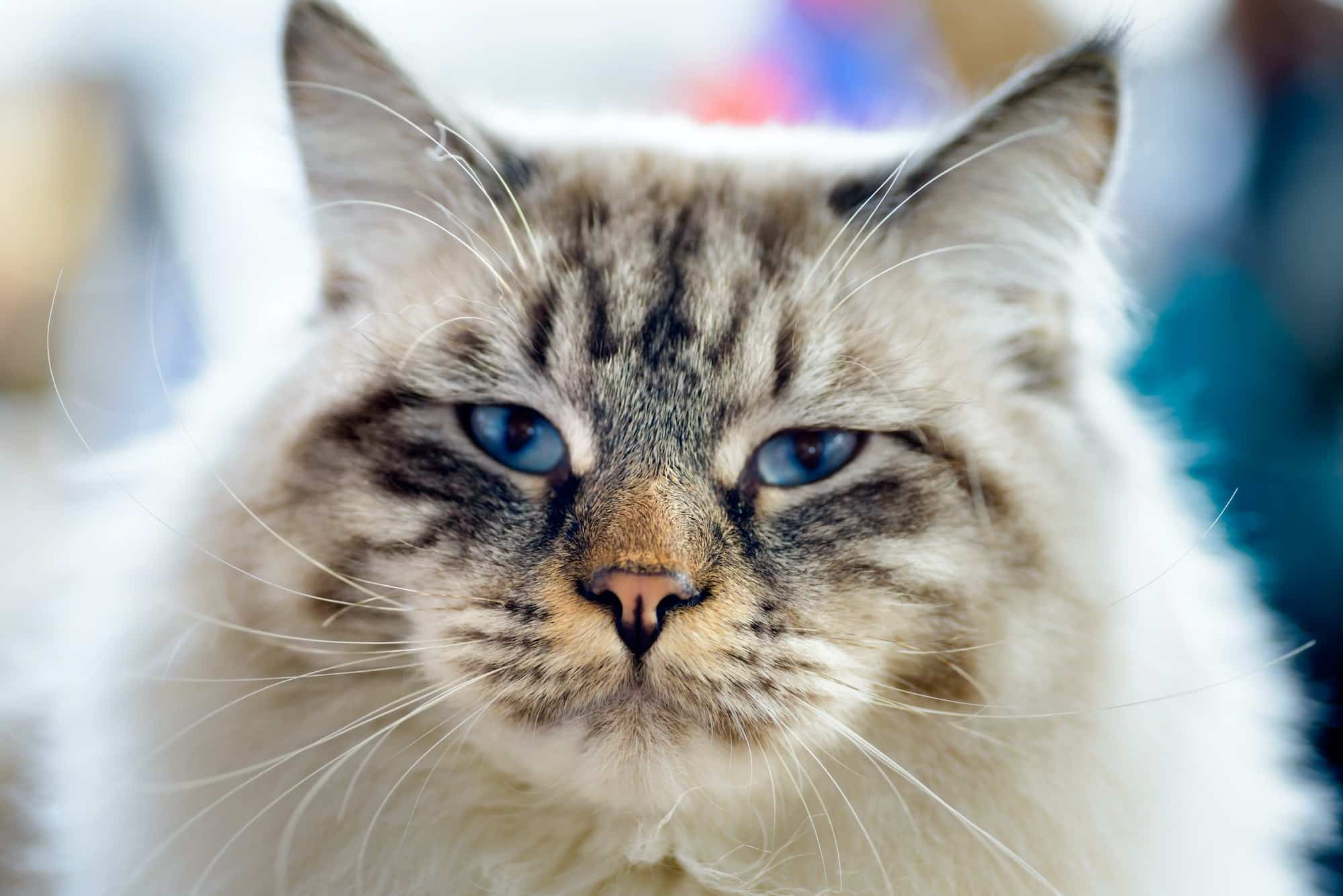While the concept of bringing pets to the workplace may not be new, the idea of cats making themselves comfortable on desks and lounging in meeting rooms might seem a little unconventional to many. As society becomes ever more pet-friendly, and as companies strive to create a positive and warm working environment, adopting pet-friendly policies is becoming increasingly popular.
The introduction of cats to the workspace not only boosts morale but also helps to foster a sense of community among employees. However, this is not a decision to be taken lightly. It requires careful planning and considerations to ensure it turns out a success. If done right, having a cat around the office can offer numerous benefits.
Dans le meme genre : How do you design an effective nighttime routine for a cat to ensure it sleeps through the night?
Understanding the Benefits and Challenges
Before you even begin thinking about integrating a cat into your office or workspace, it’s crucial to understand the potential benefits and challenges. Cats, like any other pets, can have a positive impact on the workplace. However, they can also present unique challenges that you must be prepared to handle.
Cats have been known to reduce stress and increase productivity in the workplace. Their calm demeanor can have a soothing effect on employees, allowing them to feel more relaxed and hence, more productive. Moreover, cats can encourage social interactions among employees, fostering a sense of teamwork and camaraderie.
A lire aussi : How do you adjust a cat's sleeping area to accommodate arthritis and orthopedic pain?
However, not all employees might be comfortable with a cat around. Some might have allergies, while others might simply be afraid of animals. There might also be concerns about hygiene and the cat’s behavior. Hence, it’s essential to take into account these factors and find a balance that works for everyone.
Establishing a Pet-Friendly Policy
If you’re considering bringing a cat into your workplace, having a clear and comprehensive pet-friendly policy is essential. This policy should outline the rules and regulations in place for pets at work and should be communicated to all employees.
The policy should cover aspects like hygiene, behavior, responsibility for the pet’s welfare, and how to manage potential issues such as allergies or fear of animals. It also needs to specify the areas where the cat is allowed and where it’s restricted.
This policy will set the groundwork for a successful integration of the cat into the workspace, ensuring everyone is on the same page about what’s expected and how to handle any potential issues.
Preparing the Workspace
Once you have a pet-friendly policy in place, the next step is preparing the workspace for the arrival of the cat. Cats are curious creatures by nature, so you’ll need to make sure the workspace is safe and comfortable for them.
Start by cat-proofing the workspace. Remove any toxic plants, secure loose wires, and ensure there are no small objects that the cat could swallow. You’ll also need to provide the basic necessities such as a litter box, food and water dishes, and a comfortable place for the cat to sleep.
Remember that cats love to climb and explore, so consider setting up cat trees or shelves where the cat can perch and observe the surroundings. This will not only keep the cat entertained but also minimize disruptions to the workday.
Introducing the Cat to the Workspace
When the day finally comes to introduce the cat to the workspace, it’s important to do so gradually. Plan for the cat’s arrival on a quiet day when there are fewer people and less activity. This will allow the cat to get accustomed to the new environment without being overwhelmed.
For the first few days, keep the cat in a separate room with all its necessities. Allow employees to visit the cat one at a time, so the cat can get used to the different people and smells. As the cat becomes more comfortable, gradually allow it to explore the rest of the workspace under supervision.
Ongoing Responsibilities and Care
Once the cat is fully integrated into the workspace, it’s important to remember that this is a long-term commitment. Cats require ongoing care and attention, and the responsibility of looking after the cat should not fall on one person alone.
Instead, consider setting up a rotating schedule where different employees are responsible for feeding the cat, keeping its space clean, and ensuring it gets enough interaction and playtime. This will not only ensure the cat’s needs are met but also foster a sense of shared responsibility and teamwork among employees.
Bear in mind that integrating a cat into a workspace is a process that requires time and patience. It’s not something that will happen overnight. However, with careful planning and consideration, the rewards can far outweigh the challenges, creating a unique and positive working environment for all.
Addressing Health and Safety Concerns
The task of integrating a cat into a workspace needs to consider the health safety concerns of all employees. With an office pet, there are potential health risks involved such as allergies, animal bites or scratches, and zoonotic diseases.
To alleviate worries, the selected cat should come with a health clearance from a veterinarian, confirming it is free from diseases and is up to date on vaccinations. The cat should also be checked regularly for fleas and ticks. A flea infestation can quickly become an office-wide problem if not addressed right away.
Moreover, the cat should be well-trained and have a good temper to reduce the risks of aggressive behavior. Employees should be educated about handling the cat properly to avoid scratches or bites.
In case of allergies, an employee poll on pet-friendly policies could be conducted beforehand, ensuring that you are aware of any potential health issues. If a significant number of employees are allergic or uncomfortable with cats, it might be best to reconsider the decision.
Moreover, maintaining cleanliness is crucial. The cat’s litter box should be kept far away from eating or common areas and cleaned regularly. Food and water dishes should also be kept clean, and any cat-related messes should be immediately addressed.
Creating a Supportive Environment for Pet Owners
Successful integration of a cat into the workspace also involves creating a supportive environment for pet owners. Employees who are pet lovers will likely be more than happy to have a cat around. However, they should also be reminded that it’s a collective responsibility.
A cats’ care schedule could be implemented where pet-loving employees take turns taking care of the cat. This not only ensures that the cat gets the necessary care and attention but also gives pet-loving employees a sense of involvement.
Training sessions could be organized where employees are taught how to handle and interact with cats properly. This will ensure the cat’s well-being and reduce any potential misunderstandings or mishandlings.
In addition, consider celebrating special occasions related to pets, like National Pet Day or the cat’s birthday. These gestures can create a more inclusive and pet-friendly work environment.
Conclusion
In conclusion, introducing a cat into a workspace is a decision that requires careful thought, planning, and a clear understanding of the benefits, responsibilities, and potential challenges. A pet-friendly policy, comprehensive health safety measures, and a supportive work environment for pet owners are crucial factors in successfully integrating a cat into the workspace.
Provided these considerations are addressed, the presence of a cat can bring about a warm, positive, and relaxed atmosphere that contributes to employee wellbeing, productivity, and teamwork. An office cat can help transform a workspace into a truly unique, engaging, and congenial place, making the day-to-day grind a little more pleasant for everyone involved. Of course, every business is different, and there’s no one-size-fits-all approach. It’s all about finding what works best for your team and your workspace.











